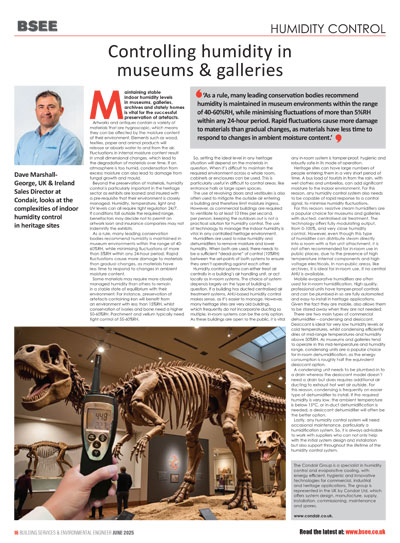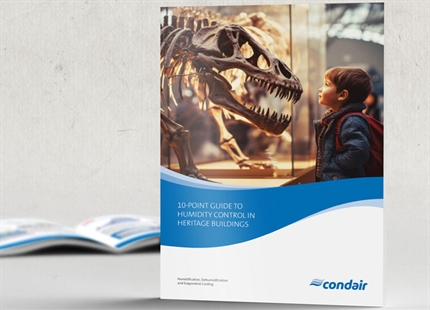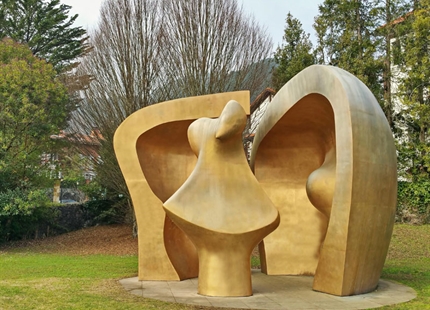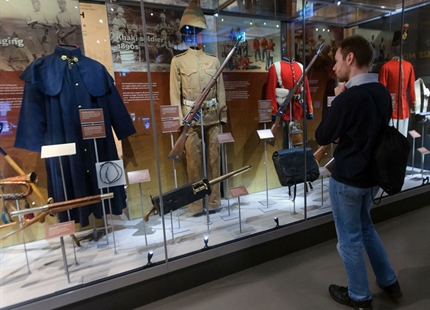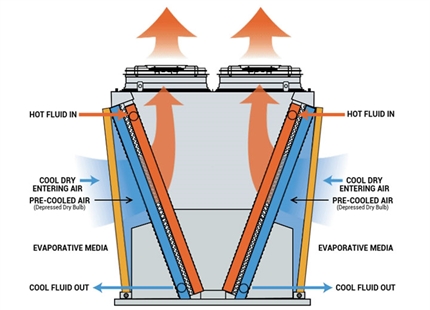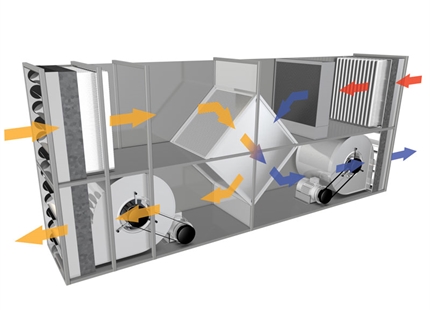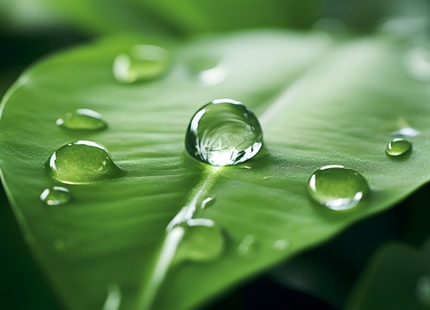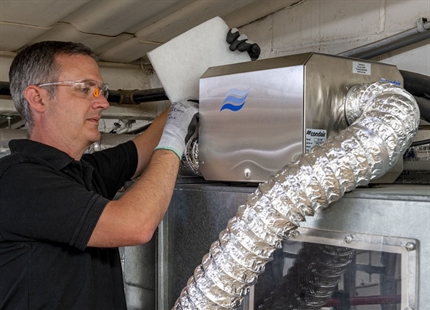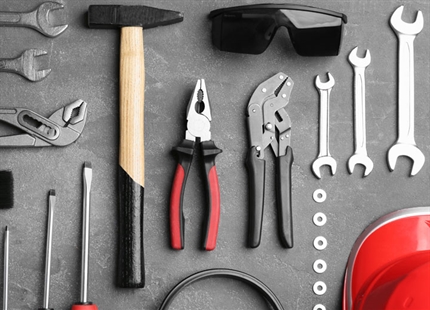
Author: Dave Marshall-George, UK & Ireland Sales Director, Condair Ltd
Controlling humidity in museums and art galleries
Maintaining stable indoor humidity levels in museums, galleries, archives and stately homes is vital for the successful preservation of artefacts.
Artworks and antiques contain a variety of materials that are hygroscopic, which means they can be affected by the moisture content of their environment. Elements such as wood, textiles, paper and animal products will release or absorb water to and from the air. Fluctuations in internal moisture content result in small dimensional changes, which lead to the degradation of materials over time. If an atmosphere is too humid, condensation from excess moisture can also lead to damage from fungal growth and mould.
Beyond the preservation of materials, humidity control is particularly important in the heritage sector as exhibits are loaned and insured with a pre-requisite that their environment is closely managed. Humidity, temperature, light and UV levels can all require tight regulation 24/7. If conditions fall outside the required range, benefactors may decide not to permit an artwork loan and insurance companies may not indemnify the exhibits.
As a rule, many leading conservation bodies recommend humidity is maintained in museum environments within the range of 40-60%RH, while minimising fluctuations of more than 10%RH within any 24-hour period. Rapid fluctuations cause more damage to materials than gradual changes, as materials have less time to respond to changes in ambient moisture content.
Some materials may require more closely managed humidity than others to remain in a stable state of equilibrium with their environment. For instance, preservation of artefacts containing iron will benefit from an environment with less than 15%RH, whilst conservation of ivories and bone need a higher 50-60%RH. Parchment and vellum typically need tight control of 55-60%RH.
So, setting the ideal humidity level in any heritage situation will depend on the materials in question. When it’s difficult to maintain the required environment across a whole room, cabinets or enclosures can be used. This is particularly useful in difficult to control areas, like entrance halls or large open spaces.
The use of revolving doors and vestibules is also often used to mitigate the outside air entering a building and therefore limit moisture ingress. However, as commercial buildings are required to ventilate to at least 10 litres per second, per person, keeping the outdoors out is not a practical solution for humidity control. The use of technology to manage the indoor humidity is vital in any controlled heritage environment.
Humidifiers are used to raise humidity and dehumidifiers to remove moisture and lower humidity. When both are used, there needs to be a sufficient “dead-zone” of control (10%RH) between the set-points of both systems to ensure they aren’t operating against each other.
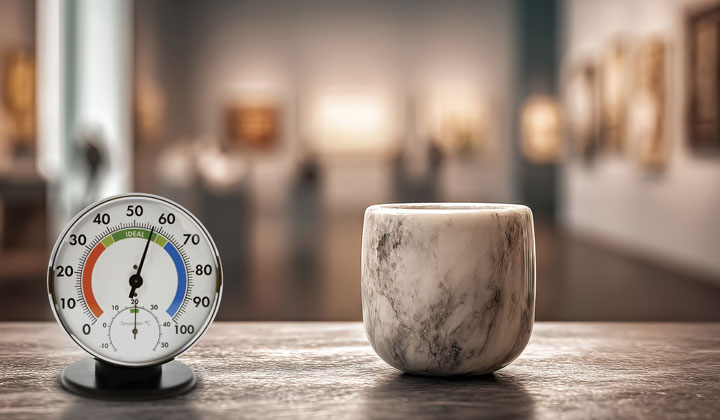
the ideal humidity in any heritage situation will depend on the materials in question.
Humidity control systems can either treat air centrally in a building’s air handling unit, or act locally as in-room systems. The choice of system depends largely on the type of building in question. If a building has ducted centralised air treatment systems, AHU-based humidity control makes sense, as it’s easier to manage. However, many heritage sites are very old buildings, which frequently do not incorporate ducting so multiple, in-room systems can be the only option. As these buildings are open to the public, it is vital any in-room system is tamper-proof, hygienic and robustly safe in its mode of operation.
Heritage sites can have large numbers of people entering them in a very short period of time. A bus load of tourists in from the rain, with wet clothes and umbrellas, can add significant moisture to the indoor environment. For this reason, any humidity control system also needs to be capable of rapid response to a control signal, to minimise humidity fluctuations.
For this reason, resistive steam humidifiers are a popular choice for museums and galleries with ducted, centralised air treatment. The technology offers fully modulating output, from 0-100%, and very close humidity control. However, even though this type of humidifier can distribute steam directly into a room with a fan unit attachment, it is not often recommended for in-room use in public places, due to the presence of high temperature internal components and high voltage electricals. In non-public areas, like archives, it is ideal for in-room use, if no central AHU is available.
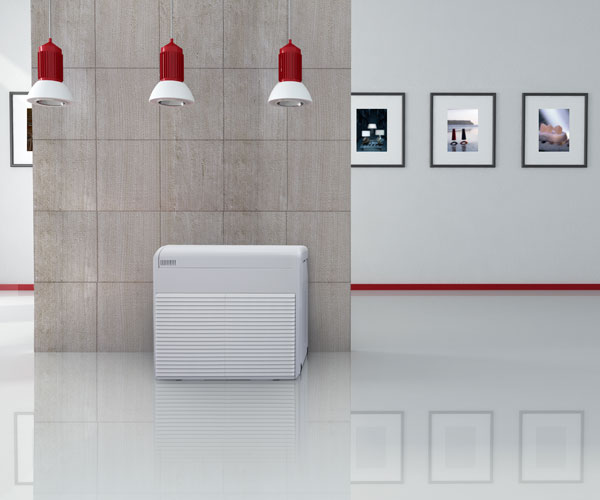
Mobile evaporative humidifiers are often used for in-room humidification.
Mobile evaporative humidifiers are often used for in-room humidification. High quality, professional units have tamper-proof controls and can be plumbed-in so are fully automated and easy-to-install in heritage applications. Given the fact they are mobile, also allows them to be stored away when they are not needed.
There are two main types of commercial dehumidifier – condensing and desiccant. Desiccant is ideal for very low humidity levels or cold temperatures, whilst condensing efficiently dries at mid-range temperatures and humidity above 50%RH. As museums and galleries tend to operate in this mid-temperature and humidity range, condensing units are a popular choice for in-room dehumidification, as the energy consumption is roughly half the equivalent desiccant option.
A condensing unit needs to be plumbed-in to a drain whereas the desiccant model doesn’t need a drain but does requires additional air ducting to exhaust hot wet air outside. For this reason, condensing is frequently an easier type of dehumidifier to install. If the required humidity is very low, the ambient temperature is below 15°C, or in-duct dehumidification is needed, a desiccant dehumidifier will often be the better option.
Lastly, any humidity control system will need occasional maintenance, particularly a humidification system. So, it is always advisable to work with suppliers who can not only help with the initial system design and installation but also support throughout the lifetime of the humidity control system.

